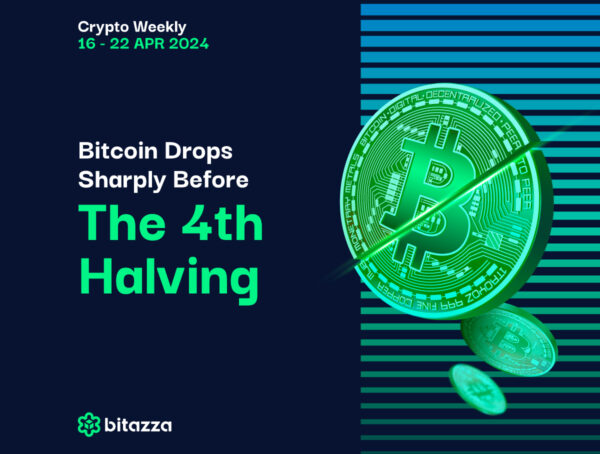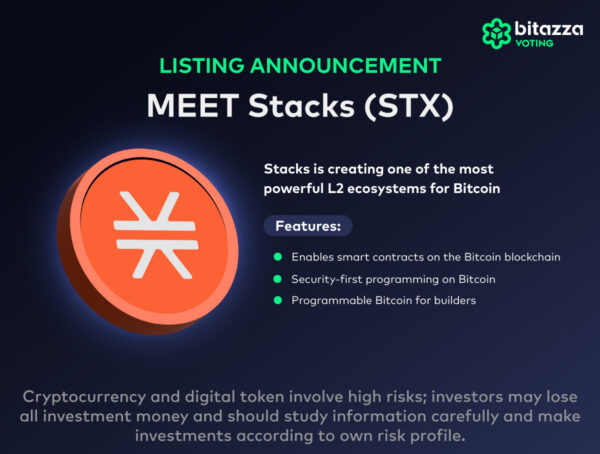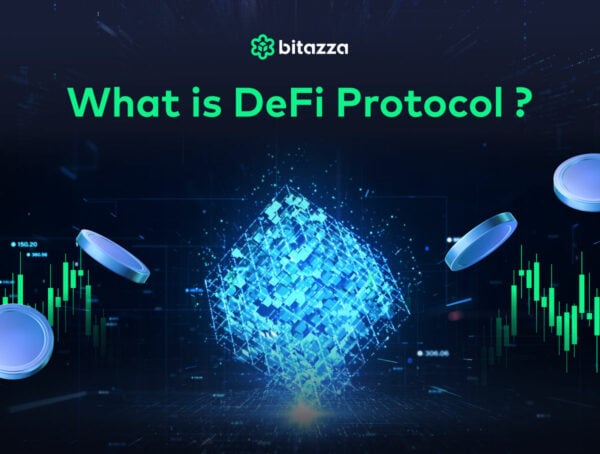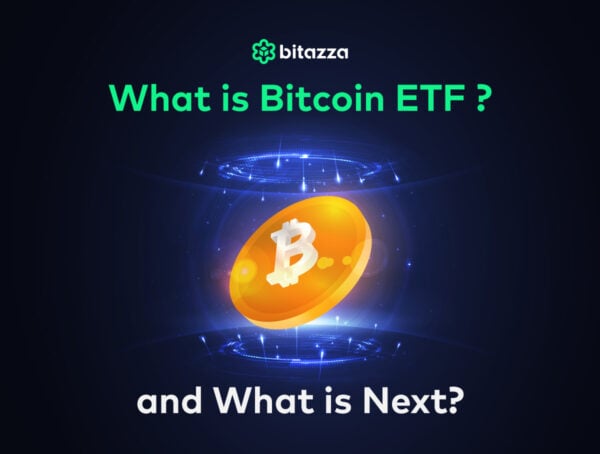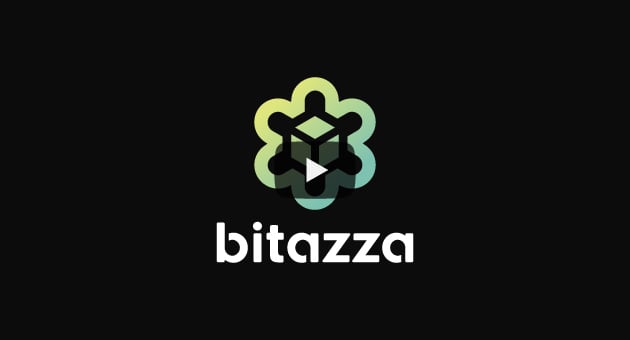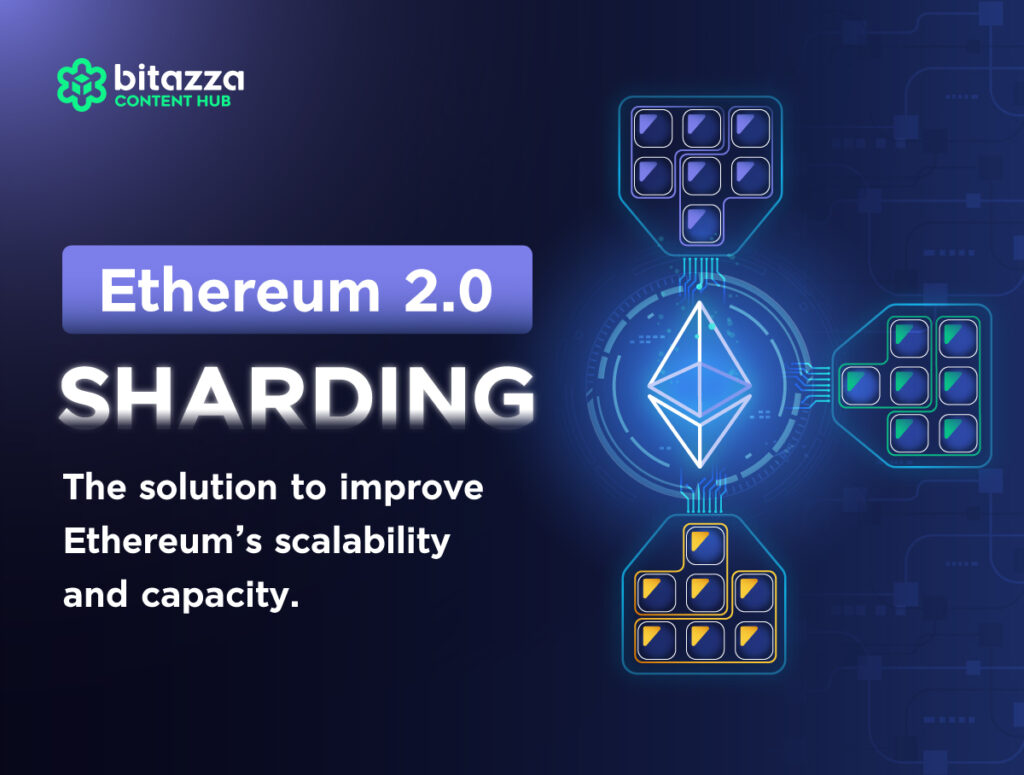
After years of hype, the mystical “Merge” is finally happened, where Ethereum switches from Proof-of-work (PoW) to Proof-of-stake (PoS) consensus, promising faster and cheaper transactions, relegating the fear of unpredictable gas fees to past tense, and a much better alternative for the environment, as PoS uses less than 1 percent of processing power than PoW.
But besides all that we’ve mentioned, why else is this such a big deal? According to Ethereum founder Vitalik Buterin, there are three main issues that developers encounter when building blockchains. They are decentralization, security, and scalability. However, developers are ultimately forced to compromise or sacrifice one of these to keep the blockchain functioning. This is also known as the Blockchain Trilemma. As part of the merge, here’s another word you will hear, sharding.
What is sharding?
Sharding is a multi-phase improvement to a blockchain’s scalability and capacity. The process involves splitting a database horizontally to spread the load, a common concept in computer science.
In the case of the upcoming Ethereum merge, sharding will provide secure distribution of data storage requirements, allowing cheaper rollups and nodes will also be easier to operate. Layer 2 solutions built on Ethereum will also be able to offer lower gas fees. All of these upgrades are planned to follow the Merge of Ethereum’s Mainnet with the Beacon Chain.
Why does Ethereum need the shard?
In an Ethereum context, sharding will work with layer 2 rollups by splitting up the burden of handling large amounts of data over the entire network. This will reduce network congestion and increase transactions per second.
Sharding is a good way to maintain decentralization as the alternative to scaling would be by increasing the size of the existing database. This would make Ethereum less accessible for network validators because they’d need powerful and expensive computers. With sharding, validators will no longer be required to store all of this data themselves but instead can use data techniques to confirm that the data has been made available by the network as a whole. This drastically reduces the cost of storing data on layer 1 by reducing hardware requirements.
In other words, it will be much easier to run Ethereum on a regular laptop or phone, opening the doors to higher network participation and towards the direction of mass adoption.
What can we (traders) expect from this? what will happen?
While nobody really knows for sure how the Merge will impact the markets, according to Reuters News, investors are betting the change will impact the price of Ether as the upgrade would mean Ethereum applications become more widely used. The value of the coin has already gained more than 50% since the end of June, as compared to Bitcoin’s ongoing downtrend.
Conclusion
While it is still too early to tell what will happen during, and after the Merge, the Ethereum Mainnet will already be secured by the Beacon Chain using PoS. This will allow the Mainnet to build shard chains powered by layer 2 solutions to supercharge its scalability. It still remains to be seen whether the Mainnet will exist as the only shard, and whether we will see an Ethereum 2 any time soon.
You might also like
More from Blockchain
Bitazza Token Listing Announcement: STX — Get to Know Stacks
We’re excited to announce that Stacks (STX) is now listed on Bitazza! You can now buy, sell, and trade Stacks along …
Getting Started with DeFi Protocols
What is DeFi Protocol? A DeFi Protocol, or Decentralized Finance Protocol, is a system within the decentralized finance (DeFi) space that …
What was the excitement after the approval of the Bitcoin ETF?
Many new investors may still be wondering whether the approval of the Bitcoin ETF by the U.S. SEC is a …















